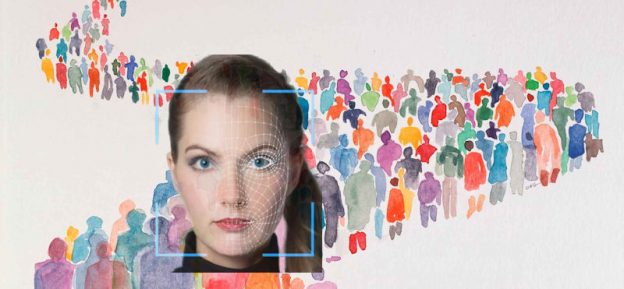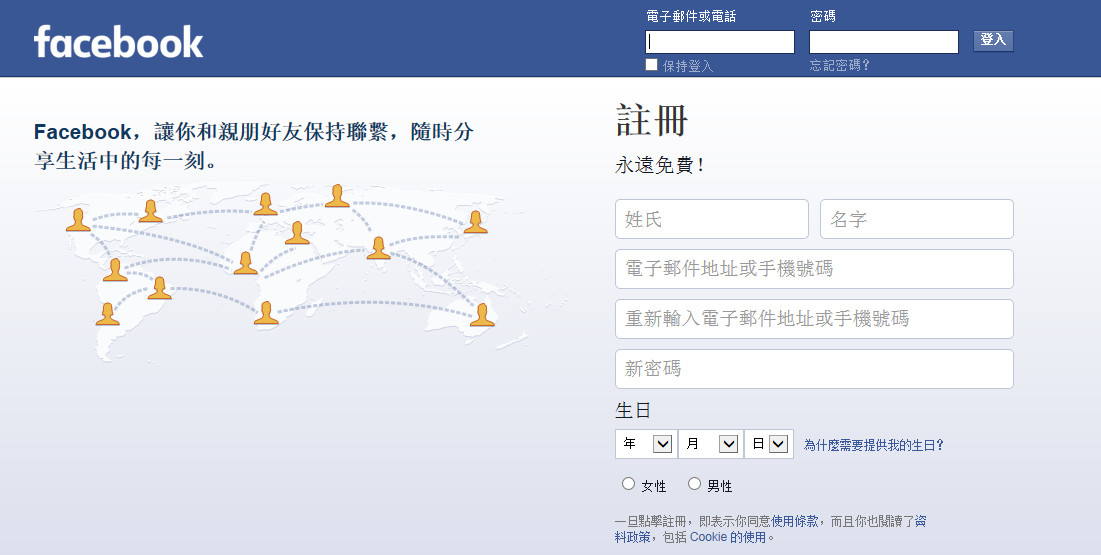Tag: China

The real dangers of facial recognition: mass obedience and online labor exploitation
Facial recognition is a scam, but that doesn’t mean we should underestimate the threat it poses to freedom and fundamental… read more The real dangers of facial recognition: mass obedience and online labor exploitation
Chinese media about “Qu’est-ce que le digital labor ?” (Oct. 3, 2015)
After a press release by Taiwanese agency CNA, several Chinese-speaking media outlets have been discussing the central theses of our… read more Chinese media about “Qu’est-ce que le digital labor ?” (Oct. 3, 2015)

Tableau des équivalences web occidental / web chinois
Une cartographie comparative des médias sociaux chinois/occidentaux et le regard non-réducteur du chercheur suisse Basile Zimmermann.

Summer readings, cultural revolutions, destructive designs
My interest in the topic of the Chinese Cultural Revolution was jump-started by Tsinghua sociologist Guo Yuhua. In the summer… read more Summer readings, cultural revolutions, destructive designs
